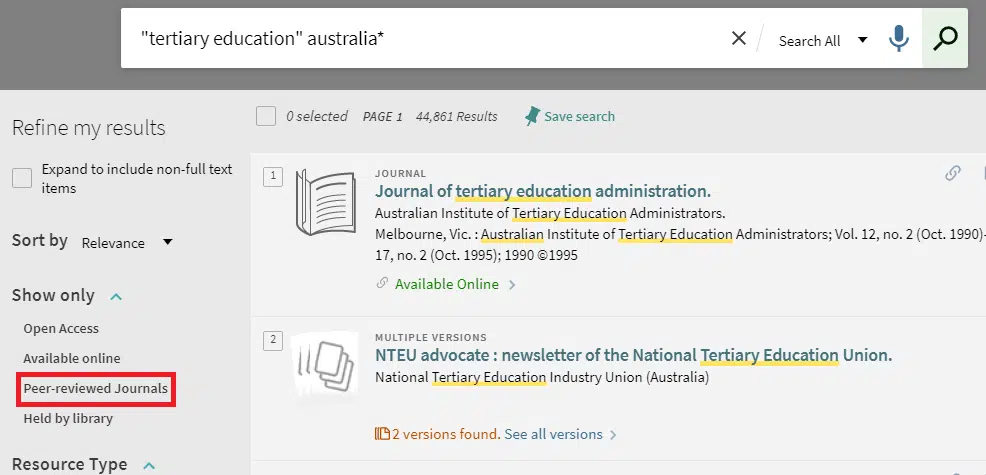When you are doing research or looking for reliable information, you might come across the term “peer-reviewed” when talking about books or articles. But How to Tell if a Book Is Peer Reviewed, and why is it important? In simple terms, a peer-reviewed book is one that experts in the same field have checked and approved. They do this before it gets published. This process helps ensure that the information is accurate. It also makes it reliable and high quality. Knowing how to tell if a book is peer-reviewed can help you find trusted sources. You can use them for school projects, homework, or just learning. It’s a bit like getting your homework checked by your teacher before you turn it in to make sure it’s correct.
How to Tell if a Book Is Peer Reviewed? Complete Guide
Understand Peer Review
Peer review is when experts check a book or article. You may be interested in this also: Are Book Titles Copyrighted. They do this before it gets published to make sure the information is correct and reliable.
Look at the Publisher
Check who published the book. Some publishers, such as academic or university presses, are more likely to publish peer-reviewed books. If it’s a well-known academic publisher, there’s a higher chance it’s peer-reviewed.
Check the Book’s Cover and Title Page
Sometimes, the words “peer-reviewed” might be mentioned here. Look for words like “scholarly,” “academic,” or “research.” They can show a peer-reviewed book.
Examine the Table of Contents and Preface
Authors often mention if their book went through a peer review process in the preface. The table of contents can give you an idea of the book’s structure and depth, which might hint at its academic rigor.
Read the Acknowledgments or Author Information
Authors might thank the reviewers in the acknowledgments. They would do this if their book was peer-reviewed.
Search Online
Use the book’s title and author to search online. Sometimes, you can find information about the book’s review process or publisher’s policies.
You find out if a book is peer-reviewed by looking at many clues. These include the publisher, preface, acknowledgments, and online research. Remember, experts check peer-reviewed books. They do this to ensure accuracy and reliability. This makes them trustworthy sources for learning and research. Keep exploring, and you’ll get better at spotting them!
Signs a Book Went Through Peer Review
- Publisher: Look for academic or university presses, as they often publish peer-reviewed books.
- Preface or Introduction: Authors may mention the peer review process, thanking reviewers for their feedback.
- Acknowledgments: Authors may thank the reviewers or mention the peer review process here.
- Author Credentials: Authors with expertise in the field may indicate a higher likelihood of peer review.
- Table of Contents: A clear table of contents can suggest academic rigor. It has well-structured chapters and sections.
- Online Searches: Sometimes, searching online can reveal the book’s review process or the publisher’s policies.
Remember, while these signs can indicate peer review, it’s not always guaranteed. Always assess the credibility of the book using multiple factors.
Peer Review vs. Regular Review: Understanding the Difference
Peer Review:
- Definition: Peer review is a process where experts in the same field as the author evaluate the quality, accuracy, and relevance of a scholarly work before it gets published.
- Purpose: The main goal of peer review is to ensure that the work meets high academic standards and contributes valuable knowledge to the field.
- Process: After an author submits their work to a journal or publisher, experts scrutinize it. They provide feedback and recommendations for improvement.
- Criteria: Reviewers assess factors like methodology, originality, clarity, and significance of findings.
- Outcome: If the work meets the standards set by the reviewers, it gets published, enhancing its credibility and reliability.
Regular Review:
- Definition: Regular review can refer to various types of assessments or evaluations. They are done by people or groups. But, they lack the formal structure and rigorous review standards.
- Purpose: Regular reviews serve different purposes. They assess products, services, or performance. They do so for practical or commercial reasons, not academic rigor.
- Process: Individuals, teams, or organizations may conduct reviews. They will do so based on set criteria or standards.
- Criteria: The criteria for regular reviews vary widely. They depend on the context. They range from customer satisfaction to product functionality.
- Outcome: A regular review may recommend improvements. It could suggest product enhancements or other actions. These would address identified issues.
Key Differences:
- Expert Evaluation: Experts assess work in peer review. Non-experts or stakeholders evaluate work in regular review.
- Formality: Peer review follows a formalized process with specific criteria and standards. Regular reviews are more informal and adaptable.
- Purpose: Peer review ensures academic integrity and advances knowledge. Regular reviews serve practical or commercial purposes.
- Outcome: Peer-reviewed works gain credibility and recognition in academia. The outcomes of regular reviews depend on the specific goals of the review process.
FAQ’s
How do I know if books are peer-reviewed?
Check if experts reviewed it before publishing.
How do you know if a source is scholarly or peer-reviewed?
Look for expert reviews and academic publisher details.
Is a published book considered peer-reviewed?
Not all; only if experts reviewed it first.
What counts as a peer-reviewed source?
It’s checked and approved by experts before publishing.
Conclusion
In conclusion, knowing how to tell if a book is peer-reviewed is an important skill. It helps you find reliable and accurate information. Experts have carefully checked peer-reviewed books. This means the information inside them is trustworthy. To check if a book is peer-reviewed, look at clues. Look at the publisher, the review process, and the introduction or preface mentions. You can also search online for information about the book and its reviews. Use these methods. They will help you find good sources for your studies or research. Remember, using peer-reviewed books can help you learn better. They also make your work stronger and more reliable.

